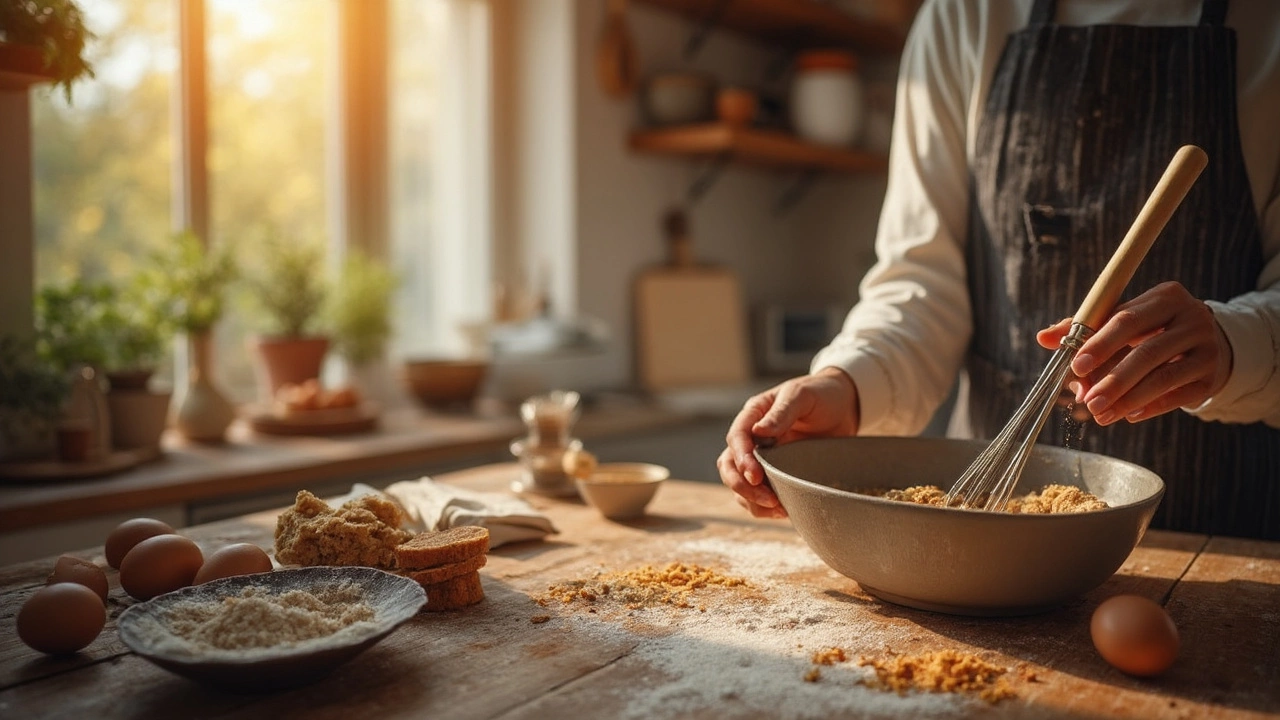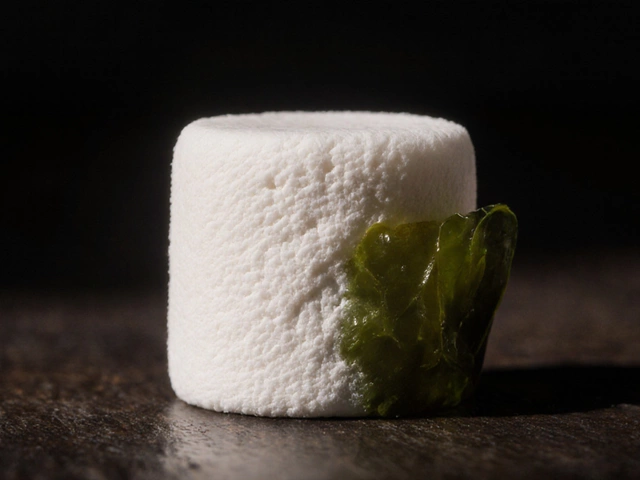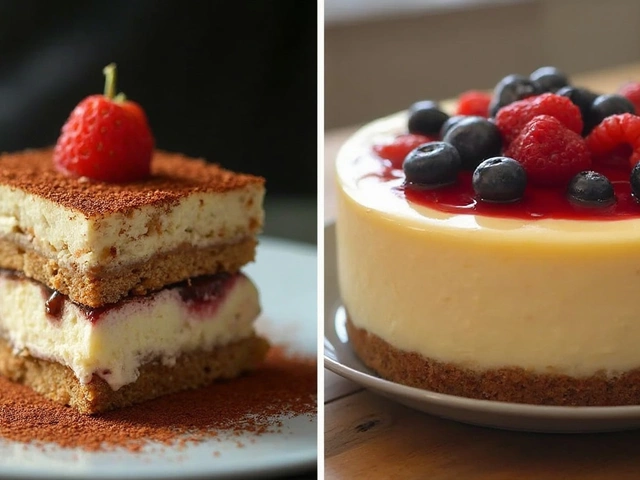Chewy Cookies: Simple Tips for Soft, Chewy Texture
If you love a cookie that bends a little before it breaks, you’re in the right place. Chewy cookies aren’t magic – they’re the result of a few easy choices in the kitchen. Below are the most practical steps you can start using today.
Choose the Right Sweeteners
Brown sugar is the secret weapon for chewiness. It contains molasses, which holds moisture and keeps the crumb soft. Using a mix of brown and white sugar gives you a balanced flavor and a tender bite. If you want extra chew, swap a small part of the white sugar for more brown sugar.
Control Moisture and Fat
Wet ingredients like melted butter or oil make the dough spread less and stay softer. Melted butter also adds a richer flavor compared to softened butter. Adding a tablespoon of honey, maple syrup, or even a bit of corn syrup creates extra liquid, which translates to chew.
Don’t forget the flour. All‑purpose flour works fine, but a tiny scoop of cornstarch (about one teaspoon per cup of flour) softens the structure. It prevents the cookie from getting too crunchy at the edges.
Another moisture trick: refrigerate the dough for at least 30 minutes. The cold fat solidifies, so the cookie spreads slower in the oven and ends up thicker and chewier.
Bake Smart, Not Long
The oven temperature matters a lot. Bake at 350°F (175°C) for 8‑10 minutes, depending on size. Pull the cookie when the edges look set but the center is still a little soft. It will finish cooking as it cools on the sheet.
Undercooking by a minute might seem risky, but it’s the difference between a chewy bite and a dry crumb. Let the cookies rest on the tray for a couple of minutes before moving them to a wire rack – this lets the residual heat finish the job.
Extra Chew Boosters
Adding a handful of oats, shredded coconut, or even a teaspoon of cream of tartar can increase chew. These ingredients hold water and give the cookie a slightly elastic feel.
If you love chocolate chips, toss them in while the dough is still warm. The heat melts a little, creating a gooey pocket that adds to the chew factor.
Finally, keep an eye on the shape. Make balls about 2 inches across and flatten them lightly. Too flat cookies spread too thin and become crisp.
Common Mistakes to Skip
Too much baking soda or baking powder will make the cookie rise fast and then collapse, leaving it dry. Stick to the amount the recipe calls for, usually a quarter teaspoon per cup of flour.
Over‑mixing the dough develops gluten, which makes the cookie tough. Stir just until the flour disappears.
And don’t open the oven door too often. Every time you check, the temperature drops, and the cookie can bake unevenly.
With these straightforward tips, you can turn any standard cookie recipe into a batch of melt‑in‑your‑mouth chews. Experiment with one or two changes at a time, and you’ll quickly find the perfect balance for your taste buds. Happy baking!

How to Make Cookies Soft Instead of Hard: Easy Tips for Perfect Homemade Cookies
Tired of your homemade cookies turning out hard and crumbly? This article breaks down exactly what makes cookies soft, sharing not only easy kitchen tweaks but also a few industry tricks. You'll learn how to spot the best ingredients, what changes to make in your mixing and baking routine, and why simple choices like how you store your cookies matter. Expect clear, simple advice with plenty of pro tips you can try next time you bake. Get ready for batch after batch of soft, bakery-style cookies.
View More
Unlocking the Secret to Perfectly Chewy Cookies
Wondering how to bake cookies that are irresistibly chewy? Discover the secrets that make all the difference, from choosing the right ingredients to perfecting baking techniques. Embrace the science behind chewy cookies with practical tips and fascinating facts, ensuring that your homemade treats are the envy of the cookie jar. Dive into techniques like using brown sugar, adjusting oven times, and cooling methods to create the perfect texture. Whether you're a cookie novice or a seasoned pro, this guide promises chewy cookie success every time.
View More




